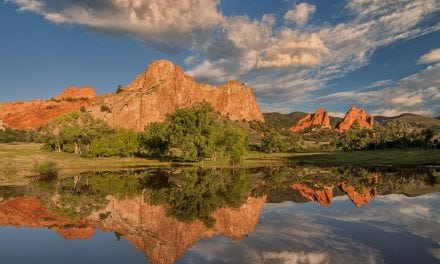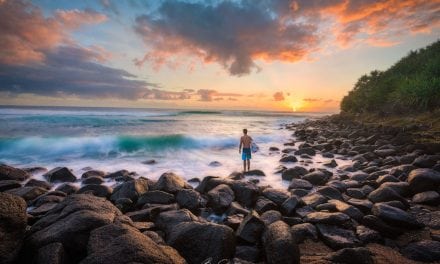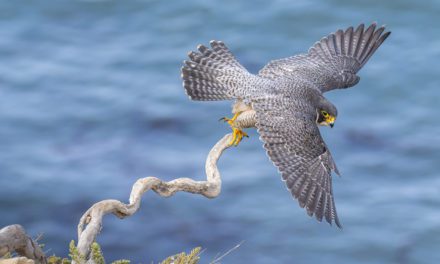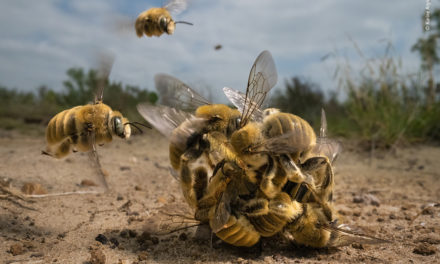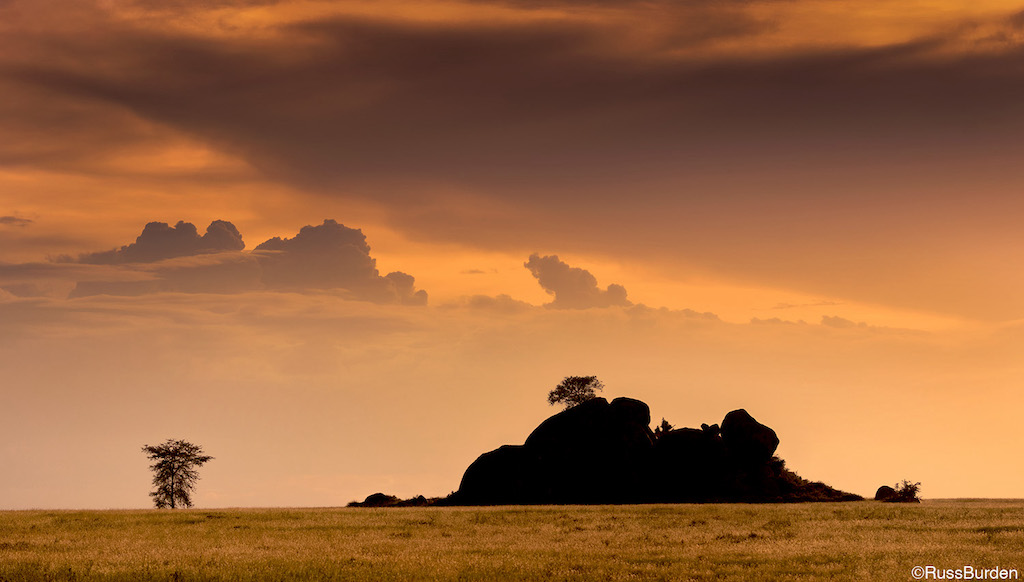
In an ideal world, every photographer would be granted perfect light for their subject, the environment, time of day and mood. Knowing that’s not possible, each must work the light they’re bestowed. Unfortunately, that doesn’t always net the best possible images. Rather than sulk and wallow in self-pity, successful photographers deal with the hand they’re dealt to make something work. Successful photographers have a Plan B and even a Plan C. They modify how they photograph, what they photograph and when they photograph. In this week’s tip, I cite five examples of what I did to maximize the conditions under which I photographed each image. As this is a two-part tip, you’ll see different examples next week. Hopefully, you glean some helpful info that allows you to take advantage of the light you’re given and make the most of the situation.
Light is measured and/or described in numerous ways. It’s critical to understand and utilize light regarding its amount, angle, color, contrast, intensity and direction. Each item in this list may remain the same for hours at a time or change by the second. The more quickly it changes, the faster a photographer must react, adapt and take charge. Are there conditions that exist that make getting a successful photo near impossible? Absolutely! But there are also “bad conditions” where good photos can be made.
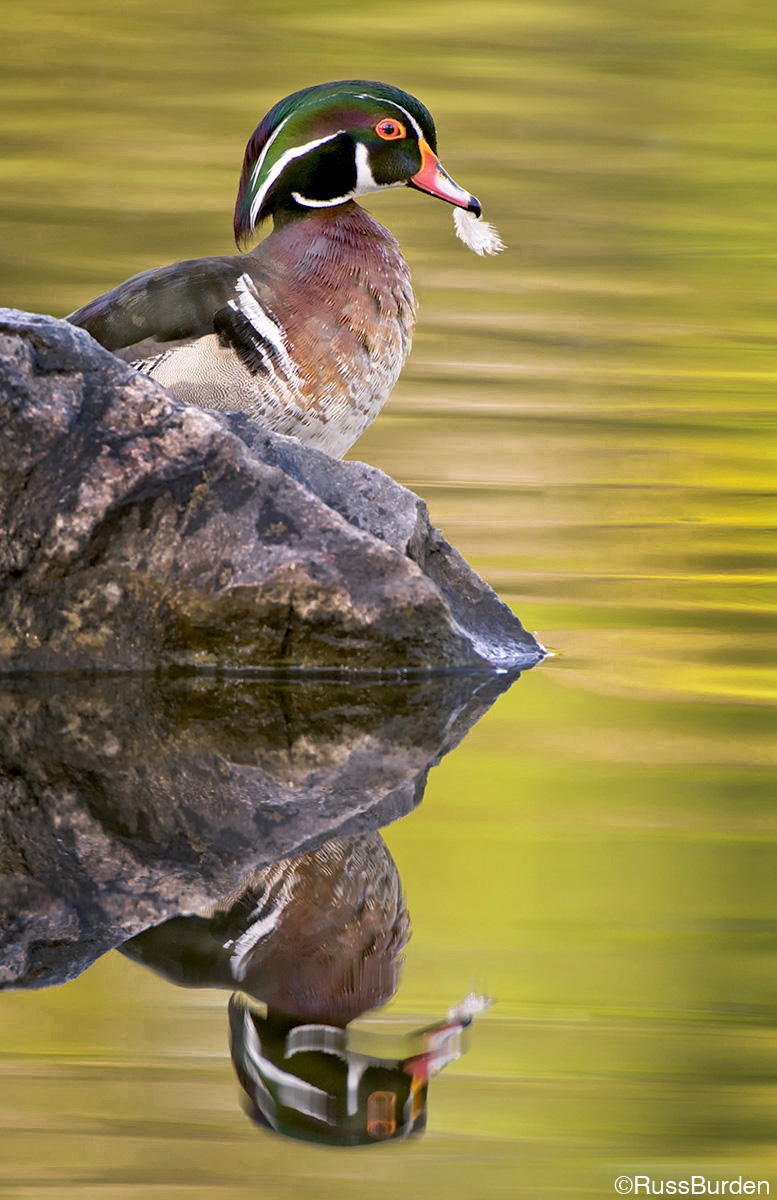
Wood Duck In Heavy Overcast
Sunrise called for clear skies, little wind and mild autumn temperatures. Living in the Denver area, I take the forecast with a grain of salt. I checked radar maps and it looked solid. I set my alarm and arrived at my favorite pond to photograph the wood ducks at dawn. The eastern sky was solid gray but clear in all other directions. Long story short—the rising sun heated what moisture existed and the cloud cover grew. I persisted while I lamented the lack of early light, but it never stopped me from trying. Persistence is key, so keep that thought locked in your head.
I followed a number of ducks around the pond yet nothing special happened. I kept waiting for that one special moment. At this point of a clear morning, I would have left because the light would have been far too contrasty. The flat light allowed me to shoot for a longer period. A single male began to preen. As soon as it started the process, I immediately shifted my attention to him. A single feather stuck to his beak for all of three seconds and I got a shot. I maximized the light I was bestowed by staying longer than I could have if the light was strong. All in all, it was not the light I wanted, but because it was the light I was given, I stayed with it and got the photo.
Serengeti Sunset
The goal of our sunset session in the Serengeti was to photograph animals in late light and then maybe get a silhouette of one against the sky. We did find a few critters in late afternoon light, but once the sun set, there was zero wildlife on the skyline. In knowing the area of the kopjes in which we were located and in seeing the sky, it was time to shift gears. No animals? Not a big deal! That sky had incredible potential. In being able to predict and hope what I envisioned, we maximized the light by finding a Serengeti scenic. We parked our two vehicles in an area of a depression so we’d be lower than the subjects, which provided more of a silhouette. We waited for color and were bestowed a memorable ending to the afternoon. We didn’t get the animal we wanted, but we didn’t let a beautiful sunset go to waste.
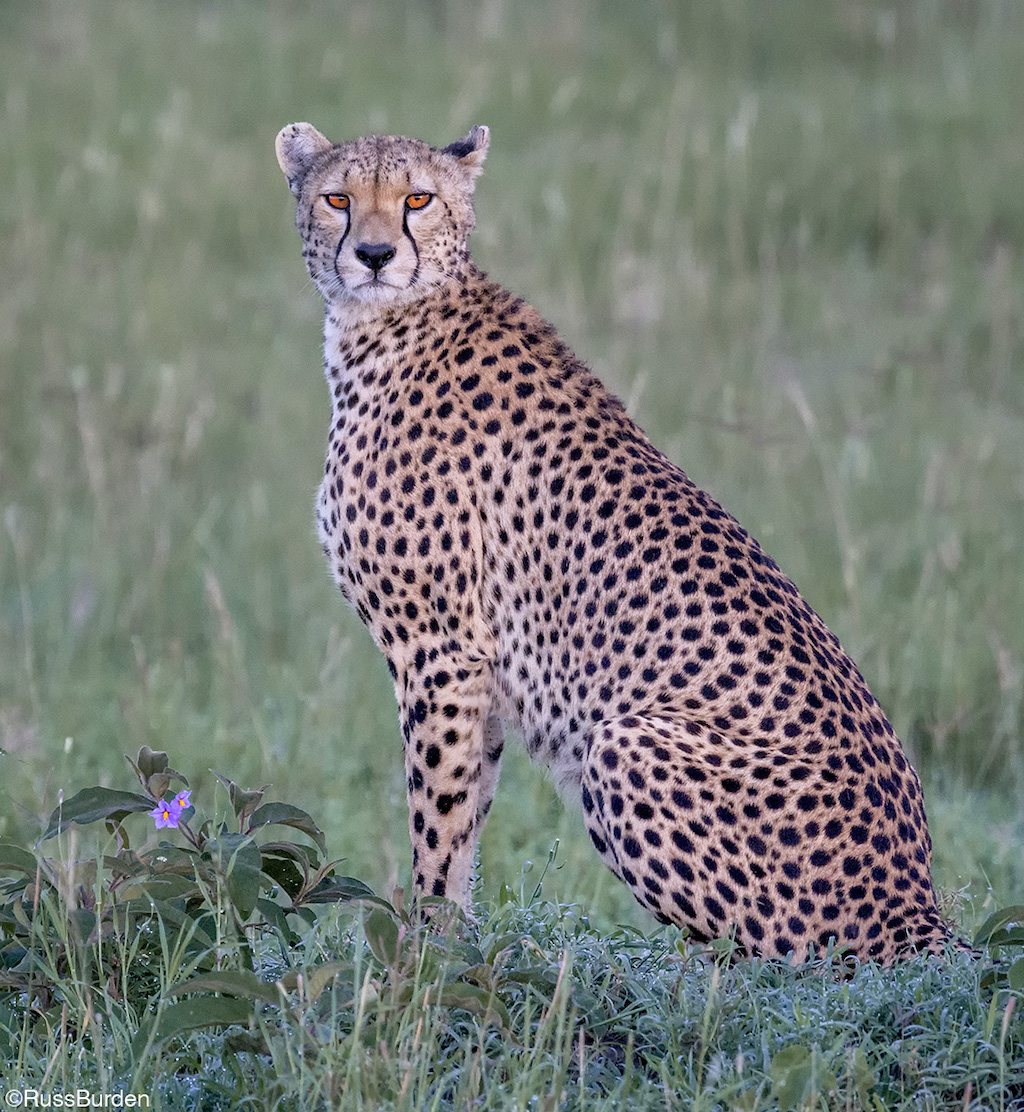
Cheetah In Heavily Filtered Sun
It was an overcast day and once again, persistence paid dividends. The tip I want to share regarding this one is to learn to constantly look over your shoulder to watch the light. Also, monitor wind direction and cloud patterns to see if a bit of luck will be guided in your direction. We encountered a very cooperative cheetah who sat regally on a high point and next to a few wildflowers. We all made pics while I told everyone to hope the cheetah would stay seated for another minute or so. The clouds were thick, but there was a small “opening” of thinner ones and the wind was blowing them toward the sun. I realized this by constantly looking over my shoulder. The cheetah remained, the wind continued to blow and the thin cloud and sun coincided. The “opening” provided just enough light that a catchlight appeared in the cat’s eyes. Look closely at the position of the highlight and you’ll see it occurred when the sun was very low in the sky.
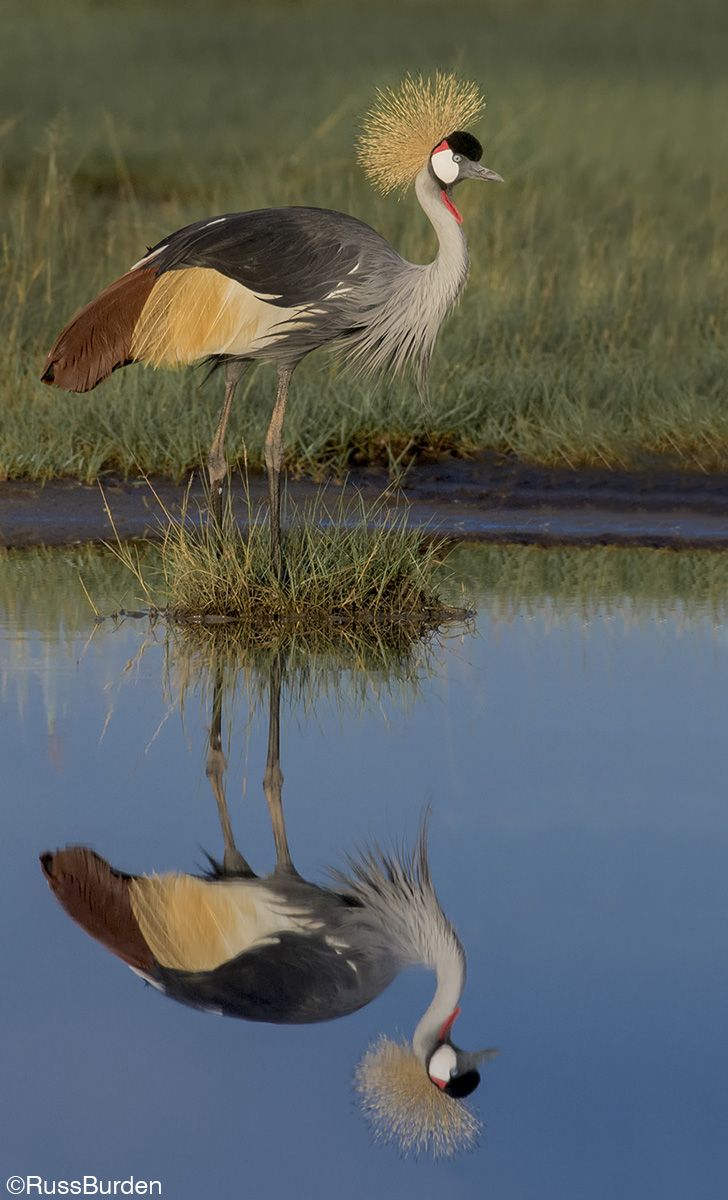
Crowned Crane and Reflection
It was a dry year in the Serengeti with not much water. The animals and birds in the area frequented the small pond depicted in the image. It was a windless sunrise and as long as nothing disturbed the water, it provided mirror-like reflections. Seeing the potential and knowing the animals can be thirsty first thing in the morning, we stopped at the water hole to set up. Two crowned cranes came in and regally posed. Given the conditions of no wind, clear early light and the potential for great reflection shots, we totally maximized what we were bestowed.
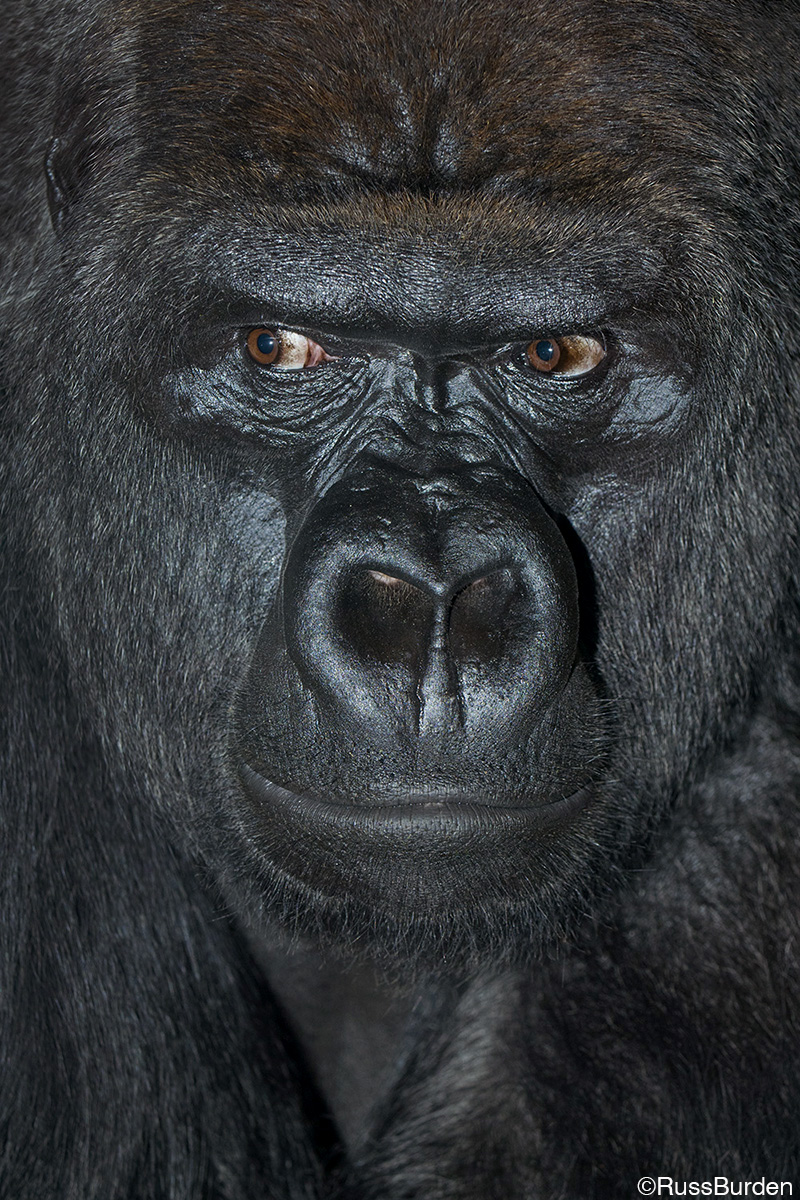
Gorilla Portrait
The image of the gorilla was made in a zoo. The enclosure in which it lived is fairly dark and its dark color combined to make natural light photography almost impossible. As a result, I used flash as my main source of light. In that on-camera flash would create glare and bounce light back into the lens, I used the flash remotely. A friend held it in his hand an inch from the glass. I also had the filter on the camera very close to the glass. The flash was held above and to the right of the lens. I used TTL metering and dialed the flash to -1 stop in that the dark subject would trick the meter into thinking it needed to output more light than necessary. That would have caused overexposure of the eyes and highlights on the animal. Before utilizing this technique, check with your local zoo to see what restrictions are in effect regarding flash photography in indoor enclosures.
Be sure to read next week’s tip for five different scenarios of light and how to maximize each one.
To learn more about this subject, join me on a photo safari to Tanzania. Visit www.russburdenphotography.com to get more information.
The post Maximize The Light You’re Bestowed, Part 1 appeared first on Outdoor Photographer.











